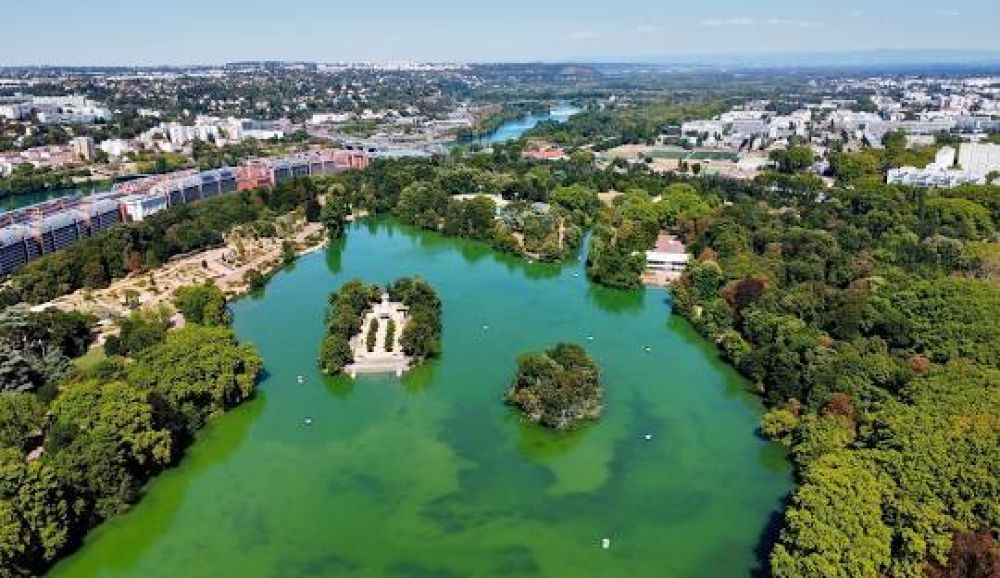

The Parc de la Tête d'Or is one of France's most prominent and historical urban parks, located in the heart of Lyon. It has served as a central attraction for both locals and tourists since its inception. The park, covering around 117 hectares, was established in 1857, making it one of the earliest and largest urban parks in France. The name is believed to have been inspired by a legend that a treasure with a Christ's head sculpted in gold was buried in the park, hence "tête d'or" meaning "head of gold".
The history of tourism at Parc de la Tête d'Or has evolved significantly through the years. Initially designed by the noted landscape architect Denis Bühler, the park was created to provide a green oasis for the burgeoning city population. From the late 19th century, the park was a symbol of modernity and urban beautification and turned into a popular destination for leisure and recreation among the Lyonnais.
During the 20th century, several enhancements such as the establishment of a zoo in 1865 and a botanical garden soon after bolstered the park's appeal to tourists. The park's large lake, many gardens, and open spaces have attracted generations of visitors looking for relaxation and entertainment.
In recent decades, the park has also become a venue for numerous events and festivities, such as concerts and festivals, further solidifying its role as a tourist magnet.
Today, Parc de la Tête d'Or is not only an emblem of Lyon's history but a modern attraction adapting to the latest tourism trends. In recent years, a heightened interest in sustainable tourism has seen the park focusing on eco-friendly practices. Efforts have been made to maintain biodiversity, manage waste, and reduce the ecological footprint to ensure the park remains a green haven in the city.
Furthermore, the growing movement towards active tourism has positioned the park as an ideal destination for visitors interested in jogging, renting boats on the lake, or cycling through its vast network of paths. Combining fitness with leisure, this trend compliments the park's array of offerings.
The introduction of high-tech solutions for tourist information and engagement has also been a modern development. Interactive maps and mobile applications now help visitors explore the park more efficiently and learn about its rich history and biodiversity.
Parc de la Tête d'Or in Lyon continues to be a cherished place, maintaining its allure as a top tourist destination through its harmonious blend of history, natural beauty, and innovative adaptability to current tourism trends.